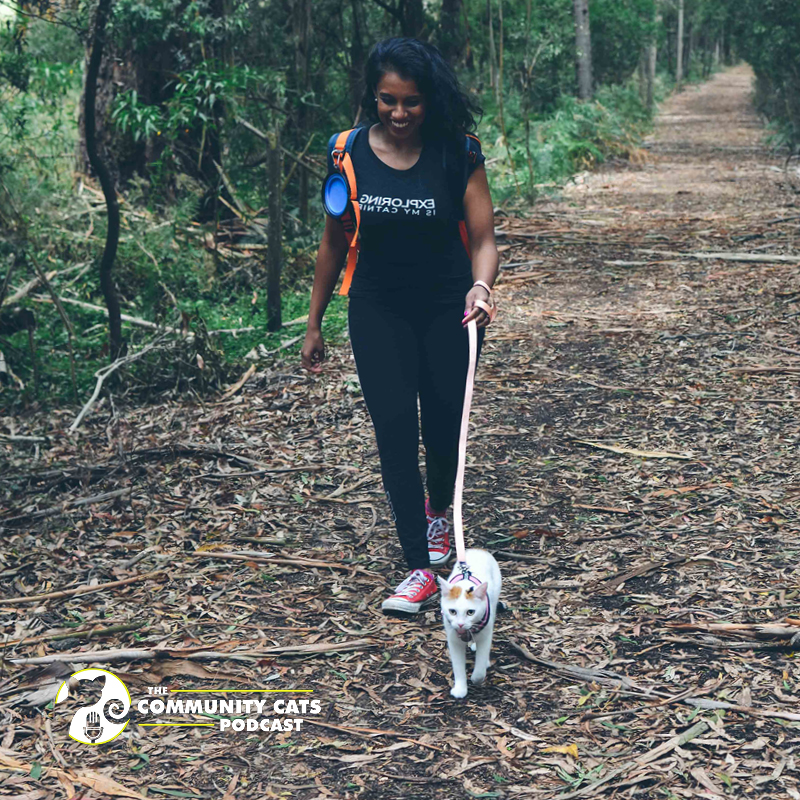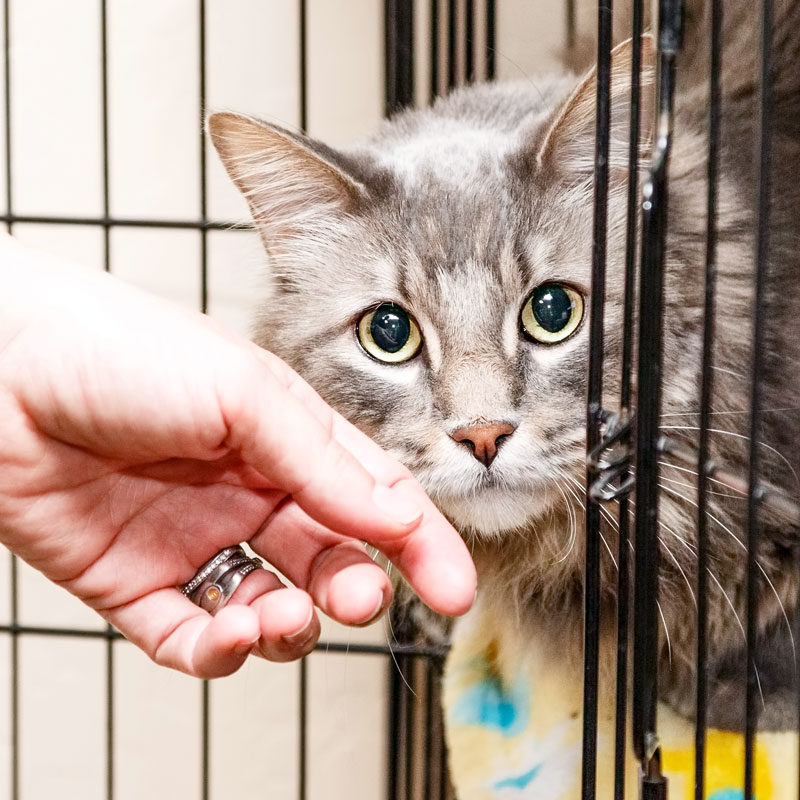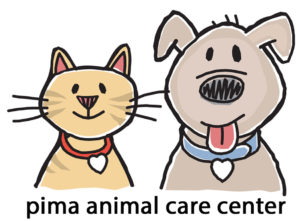
Hasara Lay, Catexplorer
January 14, 2020
A Best of CCP Episode! Dr. Sara Pizano, DVM, Team Shelter USA
January 21, 2020
 This is a guest post from Kristen Auerbach, Director of Pima Animal Care Center. Kristen Auerbach has been making some dramatic changes since joining the Pima Animal Care Center in Tuscon, AZ. I have been following her and I found the post below very interesting and valuable. Kristen has kindly allowed us to re-published this post for our blog post this week. To find out more about Pima Animal Care Center, visit them on Facebook.
This is a guest post from Kristen Auerbach, Director of Pima Animal Care Center. Kristen Auerbach has been making some dramatic changes since joining the Pima Animal Care Center in Tuscon, AZ. I have been following her and I found the post below very interesting and valuable. Kristen has kindly allowed us to re-published this post for our blog post this week. To find out more about Pima Animal Care Center, visit them on Facebook.
This year, our team has completed around 12,000 adoptions with just five paid counselors and an amazing cohort of volunteers. Our length of stay for all animals is around 11 days and our longest-stay pets are in the shelter just around 90 days. If you are struggling with long-stay animals or have capacity issues—or just want to increase adoptions so you can help more animals, here are the simple, proven things you can do. The best part? Most of these are totally free or can be accomplished with volunteers!
- Be open non-business hours. When can most people find the time to come and adopt? When they’re not at work! Make sure your shelter is open evenings, weekends and some holidays. If you’re closed on a weekend day or you aren’t taking advantage of the massive crowds who come for Black Fur Day and other holiday adoption days, you’re missing out on a world of potential adopters.
- Same day foster and adoption placement. If someone comes to your shelter to adopt or foster a pet, don’t make them wait. Allow people to take home a pet the same day they come in, and try to keep the total time they spend in the shelter to under two hours. In this fast-paced world, we’ve got to be ready to let people help!
- Inform, educate and support adopters and fosters. A counseling-based adoption approach means you, as the counselor, get to know a bit about the pet and the prospective adopter so you can help make a great match! If you have an adopter who is interested in a pet who may not be the best fit (think person who wants a couch potato and is eyeing the one-year-old, excitable hound who loves 15-mile hikes with her foster mom), you can point that person to pets who have some of the same qualities but maybe a more appropriate fit for that adopter. Our job as counselors is to say “Yes!” to adopters and to help them in their quest to find their new family member.
- Remove barriers to placement. Ditch the landlord checks, the vet record checks, the home visits and the 24-hour wait times to adoption. Trust that most people are “good enough” and put your organizational energy into building a robust post-adoption follow-up program.
- Make most pets available and visible to the public upon intake. Get pets up on your website and make them available from the moment they enter the building. If they’re on stray hold, allow them to be “pre-adopted” so they can go home as soon as their stray hold is over. Read here to learn how to move more pets faster.
- Get rid of restrictions. In very specific cases, you may decide to put an adoption restriction on a particular pet with a specific known history. However, avoid the temptation to put restrictions like “no cats,” “no kids,” “no dogs,” etc. on adoptable pets for arbitrary or subjective reasons; e.g.: “this dog is big and bouncy in the shelter so we think it would do best in a home with no kids or other pets.” Get to know pets through group housing, playgroups, and real-life foster experiences to focus on finding them a great match based on their unique personalities and preferences.
- Tell adopters and fosters everything you know in an objective manner. When people take home a pet from your shelter, they should know everything you know about the pet and should receive all notes, including medical and behavioral notes, in writing. You will have already provided verbal counseling to explain and contextualize any notes on the pet. Keep your explanations honest, objective and to-the-point, and provide information and resources to address particular behavioral and medical issues.
- Train staff and volunteers in customer service, open adoptions, and cultural competency. Expect your entire time to throw their personal biases out the door, greet every potential adopter with a warm welcome, and make every customer feel like they’re a hero to homeless pets. They are! Provide ongoing training to anyone helping with adoptions so they know they’re expected to treat every person they meet with respect, kindness, and gratitude. Adopters and fosters need to be celebrated!
- Get pets home fast. If there is more than a two-day wait between the time a pet gets adopted and the time it goes home, you have a problem in your organization. If the wait for spay or neuter or medical services means a pet has to stay in the shelter, even after it’s been adopted, consider sending pets home as fosters until they can be adopted, or issue spay/neuter or medical vouchers you can send pets home with.
- Create an adopter-friendly environment. Hold frequent and fun adoption specials; serve popcorn or hot cocoa; hand out candy or free adoption vouchers when the line gets long; say thank you every chance you get; have coloring pages and fun activities for kids and families. Make adopting a fun experience they’ll never forget!
- Keep marketing and adoption counseling separate. Read more about this here.
Follow these free, easy guidelines the top shelters have been practicing for years and watch your adoptions and foster placements soar!




